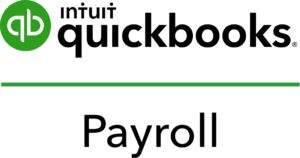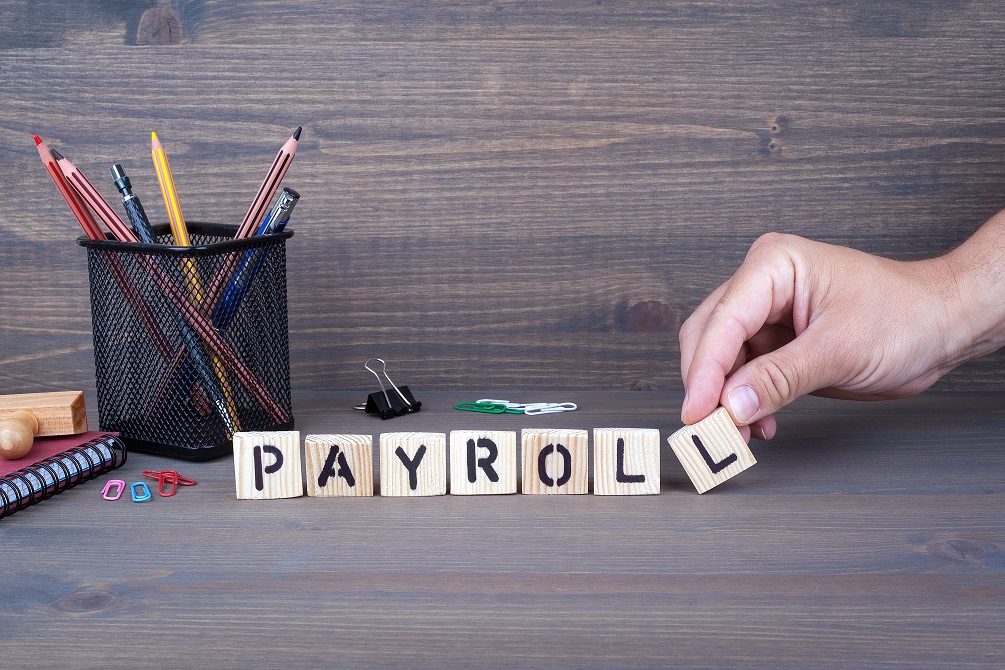Spending money on things now, such as big-ticket items or travelling, rather than saving it for retirement is understandable. But prioritising saving for retirement means having a pension that provides a decent standard of living. That’s where workplace pension schemes come in.
You help your employees save by automatically adding a percentage of their pay to a pension pot and, in many cases, adding a bit extra.
In this article we explain why workplace pensions schemes are an attractive benefit to offer your employees, how to choose a pension scheme, and your responsibilities as an employer.
Employer responsibilities
Since 2017, it’s been a legal requirement to have a workplace pensions scheme in place from your duties start date – the day your first member of staff starts working for you. This is called automatic enrolment.
All new staff must be enrolled in the scheme, provided they are:
- Aged between 22 and the State Pension age
- Earn at least £10,000 a year (or the equivalent in a pay period)
- Normally work in the UK
It’s then your responsibility to check any changes in eligibility, and keep records of:
- The names, ages, addresses, and earnings of everyone enrolled
- The date that contributions are paid in
- Any requests to join or leave
- Your pension scheme reference or registry number
All these records must be kept for six years, except requests to leave, which only need to be kept for four years.
Finally, every three years, you’re obliged to re-enrol any staff who have left your scheme. You also need to complete a re-deceleration form online with the Pension Regulator.
How much do I pay into an employee’s pension?
You must pay at least 3% of every employee’s pensionable earnings. If you have set-up a “qualifying pension” then you can restrict the pensionable earning to between £6,240 and £50,270 (for tax year 2022/23) – into their pension pot. using a “Qualified pension” does mean that pensionable earnings also includes any bonuses or commission, overtime, and sick pay or pay for parental leave. Your employee must pay a minimum of 5%.
When you select a pension provider you will be able to choose either a “qualified pension scheme” or set-up one specifically for your employees needs. The pension provider will be able to help you with this.
There are specific rules around employer pension contributions when an employee is on statutory maternity pay. The employer contributions must be based on the salary/earnings pre-maternity leave. That is the employer contributions values do not decrease when an employee is on maternity leave.
Discover more around small business payrollCan employees leave the pension scheme?
Yes, employees can ask to leave the pension scheme at any time, and you must remove them within one month of their request.
If this is within one month of them becoming an active member of the pension scheme (their opt-out window), you must refund any contributions they’ve made in that time. The pension provider will also refund the contributions made by you and the employee. If they leave after the opt-out window has closed, the funds will remain in their pension until they retire.
Why it’s an attractive benefit to offer employees
A workplace pension scheme might be a legal requirement, but it’s also the most commonly advertised work perk on job adverts, according to a recent survey from Moneypenny. Of 1,000 analysed adverts, 41% offered a pension as a benefit, putting it ahead of both working from home (22%) and flexible working (12%).
Even though it’s obligatory, it’s good to advertise to potential employees that you’re meeting your responsibilities as an employer.
Choosing a pension scheme
There are several factors you should pay attention to when choosing a workplace pension scheme.
Can it be used for automatic enrolment?
To be an eligible scheme, your employees can’t be asked to do anything to join the scheme. The pension regulator has a list of suitable pension providers.
How much does it cost?
Both you and your staff will be charged to use the scheme, so it’s important to compare the costs of various providers and find one that complements the way you run your business.
For example, some schemes charge you a monthly fee and some charge one up-front cost, while some charge lower paid staff lower management fees than bigger earners. Staff may also be charged an exit fee if they leave the scheme. The costs are usually deducted from the pension contributions made.
Is it regulated by the Pension Regulator?
This is important as it’s proof that the scheme has a high standard of administration.
What tax relief method does it use?
There are two types: relief at source (tax relief is claimed from HMRC by the pension provider) and net pay arrangements (you calculate Income tax after pension deductions). Choose whichever works best for your employees and their salaries. The pension provider will determine which tax relief method is used.
As per the pension regulator the method you choose will affect your lower or higher paid employees in different ways:
- Employee who does not pay income tax will not receive any tax relief in a Net Pay Arrangement, but Net Pay Arrangement tend to have lower member changes.
- Employee who are subject to higher or additional Income Tax will receive that additional relief directly via a Net Pay Arrangement. If they are in a Relief at Source pension scheme they can claim their full tax relied by completing an Income Tax self-assessment.
Does it offer investment choices?
Any pension scheme used for auto enrolment must offer a default investment fund, though staff who’d like to choose their own investments should be able to do so
Using payroll software for automatic enrolment pension schemes
Using HMRC-recognised payroll software that’s set up for automatic enrolment is a great way to manage your ongoing pension responsibilities as an employer. It can:
- Store the date of birth, salary, National Insurance number, and contact details of eligible employees
- Automatically send these details to your pension scheme provider
- Calculate pension contributions for each pay period
- Calculate correct tax relief
- Track requests to leave or join the pension scheme
- Monitor the eligibility status of employees
- Generate payslips and other documents
Not all payroll software is equal when it comes to pensions. Make sure you thoroughly investigate the features of any payroll software you consider using before committing to a subscription.
Communicating the scheme to employees
According to the legislation, you must write to your employees within six weeks of your duties start date to inform them that they’ve been placed in a pension scheme.
The letter should include an explanation of how the pension scheme works, their date of enrolment, and additional information from the provider. Your provider should be able to supply an information pack that you can forward to your employees. The pension regulator has draft templates that you can use.
Compliance and regulation
Within five months of your duties start date, you must complete a declaration of compliance that tells the Pensions Regulator how you’ve met your duties as an employer. Provided you have your PAYE reference and accounts office reference number, you should be able to do this online in as little as 15 minutes.
After that, you just have to meet the obligations detailed in the employer responsibilities section above to remain compliant.
SmallBusiness.co.uk has teamed up with Intuit QuickBooks to help you find the right Payroll software for your business. Find out more about getting your payroll and business finances all in one place.





